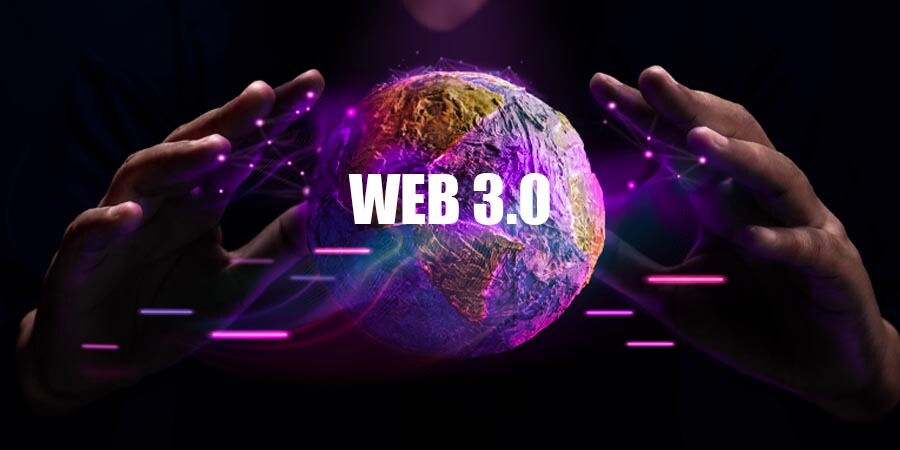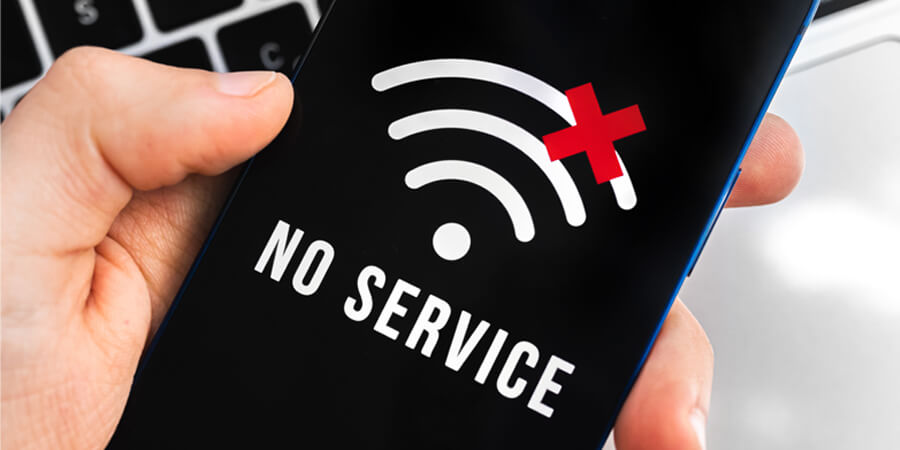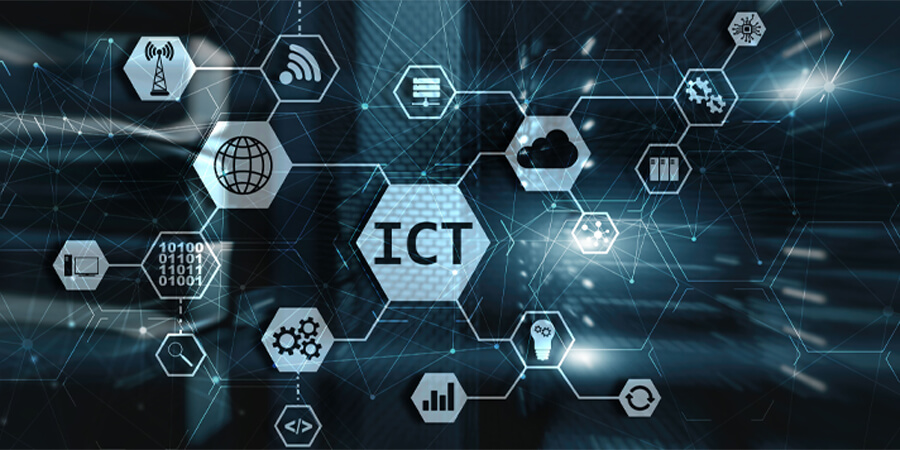Thanks to the centralization of the Internet, which has strengthened the online connections between billions of people, the World Wide Web now has a reliable and stable infrastructure. At the same time, a small group of centralized organizations control a significant portion of the World Wide Web and make unilateral decisions about what should and should not be allowed. Web3 solves this problem. Instead of being dominated by large technology companies, Web3 is decentralized and is created, managed and owned by people, not companies.
Features
During the Holidays, Take a Needed Break from Technology
Users' relations with electronic devices and technology are ever-expanding, disseminating access to social media platforms and smart applications daily. As users engage in the sharing of photos and videos with friends on Facebook or Instagram, they are withdrawing from an environment based in reality and thus better suited for joy and gratification.
Unlocking the Potential of Youth With Telcos
As the world becomes increasingly digital, telecommunications companies are facing new challenges in attracting the younger generation as new customers. With the rise of new technologies, the younger generation has come to expect easy-to-use, fast and reliable services. Telcos need to keep up with these changing technology trends and offer new and innovative services to appeal to this demographic.
The Power of Parity: Empowering Telecom Females in Africa
The gender gap in Africa remains high, and progress toward gender parity has not improved, which is a great missed opportunity for African societies. Africa holds so much promise, and yet persistent gender inequality is limiting its potential. It is home to some of the world's fastest-growing economies and offers new markets and growth opportunities for businesses. If the dark continent steps up its efforts to close the gender gap now, it can secure a significant growth dividend in the process. According to the McKinsey Global Institute, accelerating progress toward parity could boost African economies by 10% of their collective GDP by 2025.
Digital Identity: Simpler, Safer and More Secure
Digital identity, or “digital ID,” is well and truly established as one of the most significant technology trends on the planet. Unlike a paper-based ID such as most driver’s licenses and passports, a digital ID can be authenticated remotely over digital channels. It’s a set of e-information that represents a person’s or entity's identity online. It can include information such as a person's name, date of birth, address and other identifying characteristics, as well as online activity and connections. Digital identities can be used for a variety of purposes, including online transactions, social media interactions and access to online services and accounts. They can be created and managed by individuals themselves or by organizations on behalf of individuals.
Where Does the Cloud Generate the Most Value?
To achieve successful cloud strategies, companies should look for value. Many companies have made big investments, but the results have been disappointing. But giving up is not really an option: the cloud could generate as much as $1 trillion in value over the next decade, according to McKinsey research. Most organizations see the cloud as a “power magnet,” which amplifies value. But not all cloud services are created equal. Can cloud decision-makers make better value-based decisions when implementing cloud services by better understanding which ones drive the greatest value?
ICTs Altering Education on the African Continent
Information and communication technology in Africa has the potential to transform businesses, education and governments in Africa, fostering leadership, entrepreneurship, innovation and economic growth.
Building Trust in the Digital World Today and Tomorrow
To maintain their relationships, reputations and revenue streams, organizations must invest in earning "digital trust" in an era of ever-present cyber threats that weaken stakeholder trust. Digital trust is the confidence among customers, employees and partners, in an organization’s ability to create and maintain the integrity of all digital assets (e.g., data, applications) and to ensure transparency and accessibility, security, privacy and control, as well as ethical standards.
How Decentralized Networks Are Impacting the Telecommunications Industry
Telecom companies are seeking new ways to compete with emerging advanced technologies around the world, and many are trying to adopt new methodologies to work more efficiently. As telecom companies are now set to enter the era of 6G, they are focusing more on how to prepare for the coming challenges that will arise in the market. One of the new technological advances that can help CSPs strengthen their businesses is the decentralized network of blockchain. Decentralized networks run on servers that are run independently rather than on a centralized server owned by a business. “Mastodon” is one example of a decentralized social network. It is based on open-source software and functions a lot like Twitter.
Connecting the Globe: The Ever-Growing Industry of Submarine Cables
Subsea cables are the global backbone of the internet, connecting people, businesses and economies around the world, and are the key to accelerating digital transformation, especially with the rise in global internet usage during the COVID-19 pandemic, which emphasized the need for widespread, reliable connectivity and infrastructure.














